Saers Guitar A90 Classical Guitar Review – I had a great time testing and playing the Saers Guitar A90 classical guitar from their Artist Series. Saers have a great line of guitars with a variety of designs and price points so check out their website to see the full product line. They also have replica lines of Torres, Hauser, Fleta and more that are all fully french polished and built with exact specs as the originals. You might remember the Saers Guitar brand from my favourable review of the Saers A50.
Saers Guitar A90 Summary – The Saers Guitar A90 is packed with features usually found on much higher priced professional guitars. The solid woods, lattice bracing, raised fingerboard, 12 hole bridge, French polish top, high C, tuners, and responsiveness all contribute to an excellent value at this price. With a big open sound, clean workmanship, and a high level of playability, this is going to be a popular instrument at this price point.
Saers Guitar Info – Learn more about their guitars and models at the Saers Guitar Website or see a list of international Saers dealers. I recommend you visit Acoustic Station Central where you can purchase Saers Guitars as well as message, call, or email with questions on specs and supply.
Feel free to contact me (Bradford), I’m happy to answer any additional questions.
Saers Guitar A90 Specs
- Soundboard: Solid Cedar (also available as in Spruce)
- Back and Sides: Solid Indian Rosewood
- 650mm Scale Length, 52mm Nut
- Neck: African Mahogany
- Fingerboard: Ebony
- Bracing: Lattice
- Truss rod
- Top Finish: French Polish
- Back and Sides Finish: High Gloss PU
- Case: Saers Guitar Hardshell Case
- Manufacturer’s Suggested Price (2024): $2,699.00 USD (dealer prices often differ for a variety of reasons).
Responsiveness and Playability – The A90 has excellent responsiveness in terms of right hand energy to sound output. With relative ease in the right hand I can make a lot of sound or bring a note out of a musical texture. This is my favourite quality of the A90. Good sound response allows the player to relax, work less hard, and bring out a melody or dominant line in the musical texture. Top marks for playability.
Volume/Projection – I didn’t test the projection in a hall but in my studio room it sounded big, round, and loud and had a certain amount of clarity. I’d be surprised if you can get a louder guitar in this price range. I suspect the French polish top is in part to thank for that but it could be more the design.
Workmanship – The workmanship is very good. The guitar is beautifully finished and clean both inside and out. It also came to me with a great setup in terms of action (better than my guitar actually). In this price range I appreciate the truss rod as it does seem to ensure quality and consistency in the setup. The tuners look pretty and function very well.
Raised Fingerboard – The elevated fingerboard is fully raised and very functional. I’ll never go back to playing without one. Unlike the Cordoba C12 which didn’t ‘raise’ it enough, the Sears A90 is fully elevated just like my concert guitar.
High C – Most professional instruments now have a high C and the repertoire is starting to include it so I consider this a small but important feature.
12 Hole Bridge – It’s just cleaner than a six hole and possibly even helps the sound. It’s easier to secure strings too. Love it.
Tone – I liked the tone and sound but that is complete subjective depending on what you’re looking for. The tone is big, sustained, and open. It delivers on sound production, responsive pop from each string, and openness of sound rather than being super tight and focused. Nice bell-like sounds from the trebles. Leans toward a smooth open bell-like sound rather than a woody tone. The overall sound actually reminds me more of the doubletop guitars that I’ve played (I realize that not all doubletops sound the same so this is a generalization at best). It has a big mid-tone and bass range but due to the responsiveness I adjusted quickly and was always able to make the musical balance I wanted. I found putting on a carbon 3rd string to really help the balance in a nylon set.
Final Words – Professional concert level instruments can range from $6000-$15000 give or take which is an impossible jump for many players. The Saers Guitar A90 gives all the features of a high-end concert instrument at a much lower price and so I consider it a great value. Highly recommended.
Here’s the YouTube review link if you want to watch it there.
Saers Guitar A90 Photos
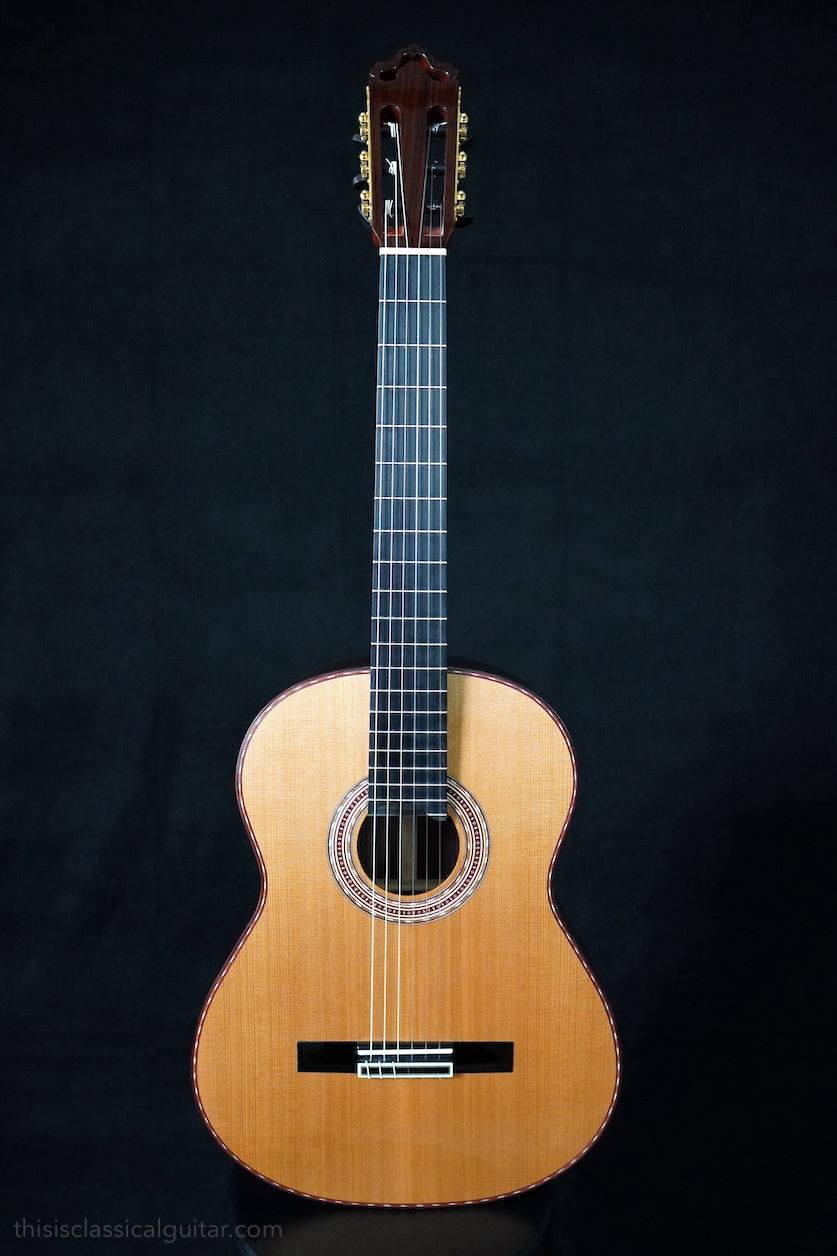
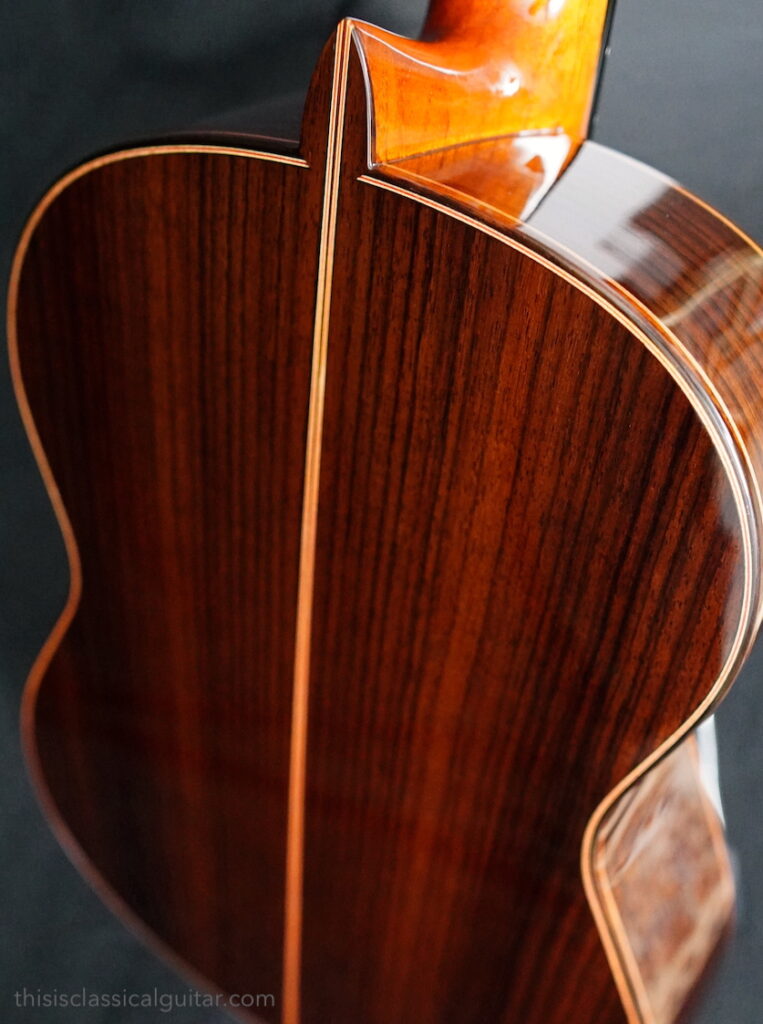
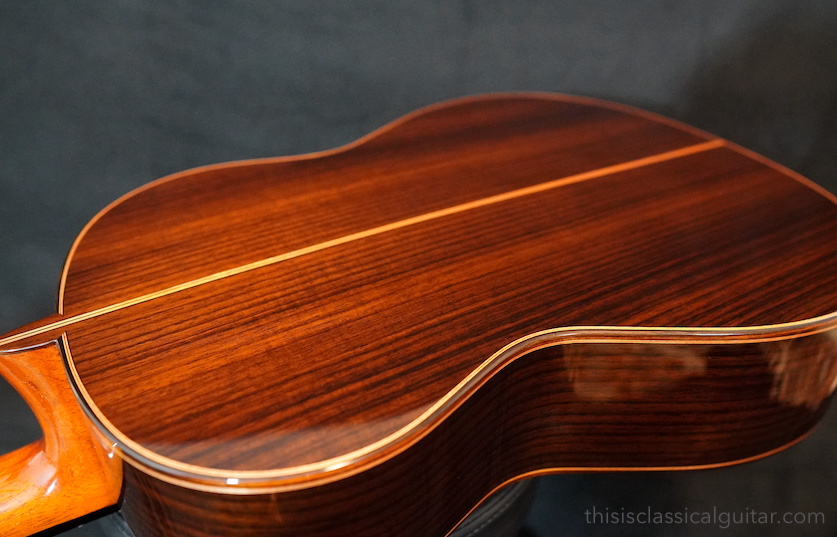
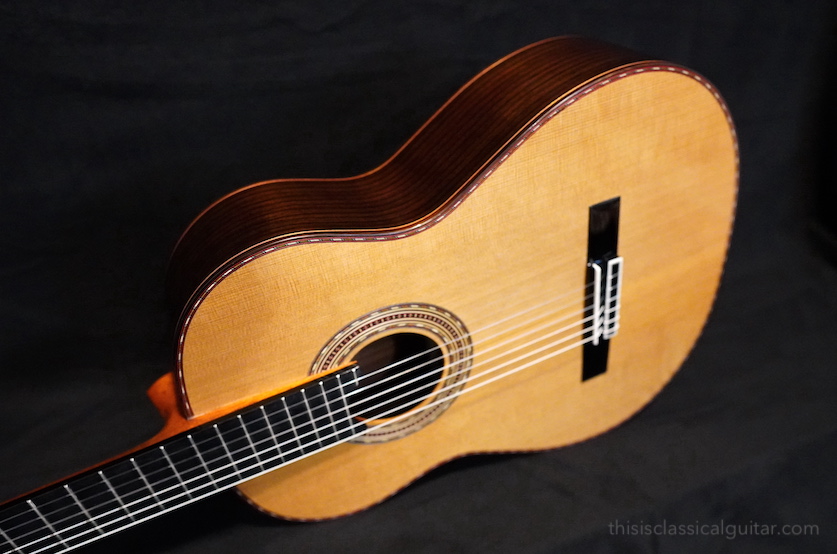
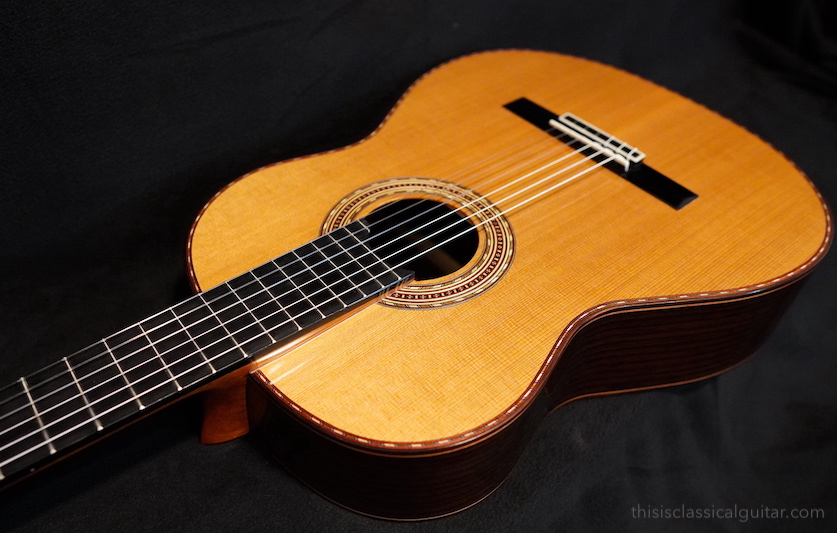
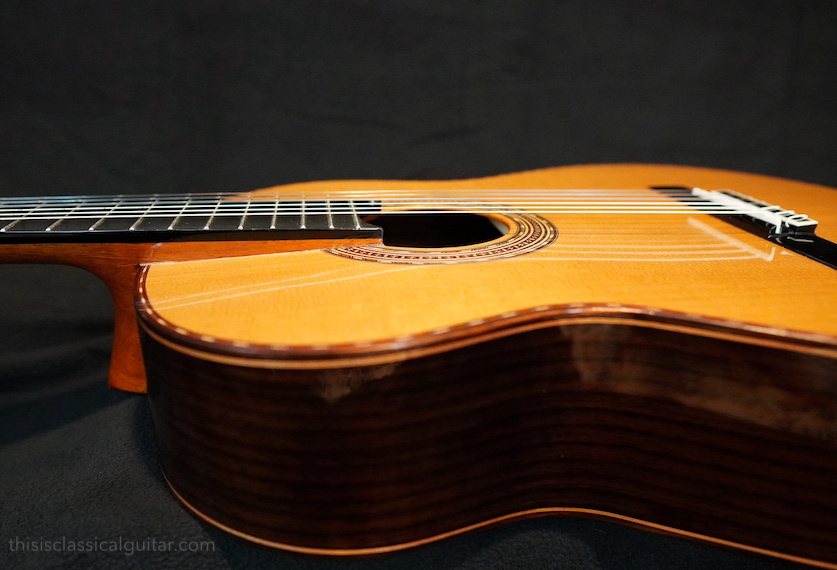
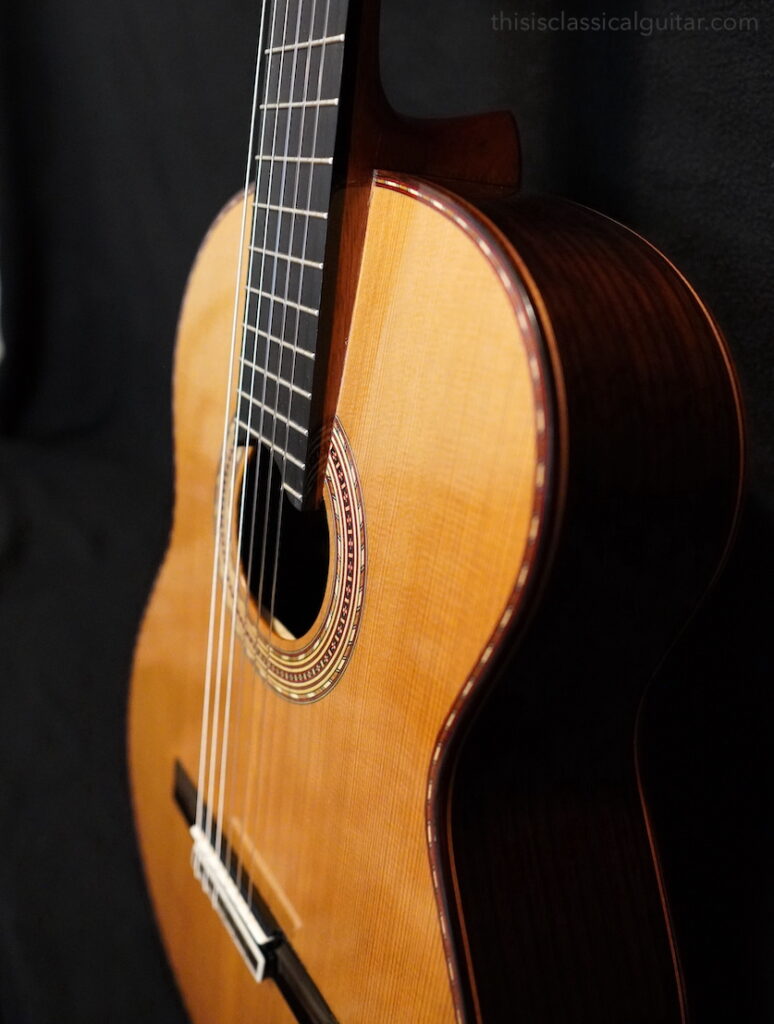
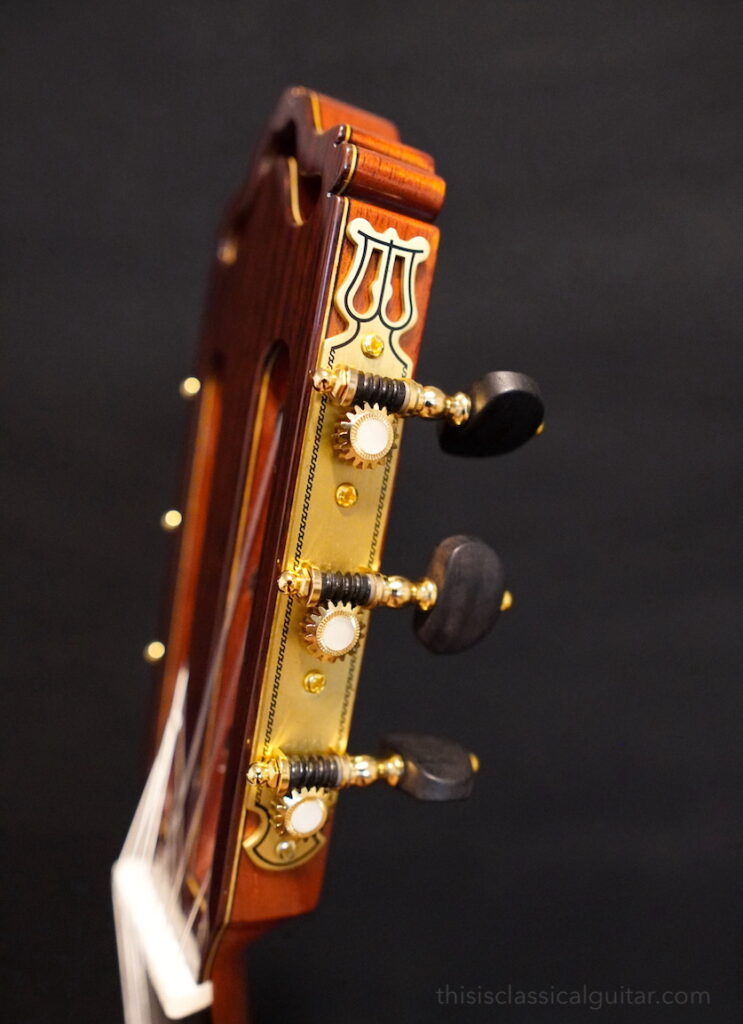
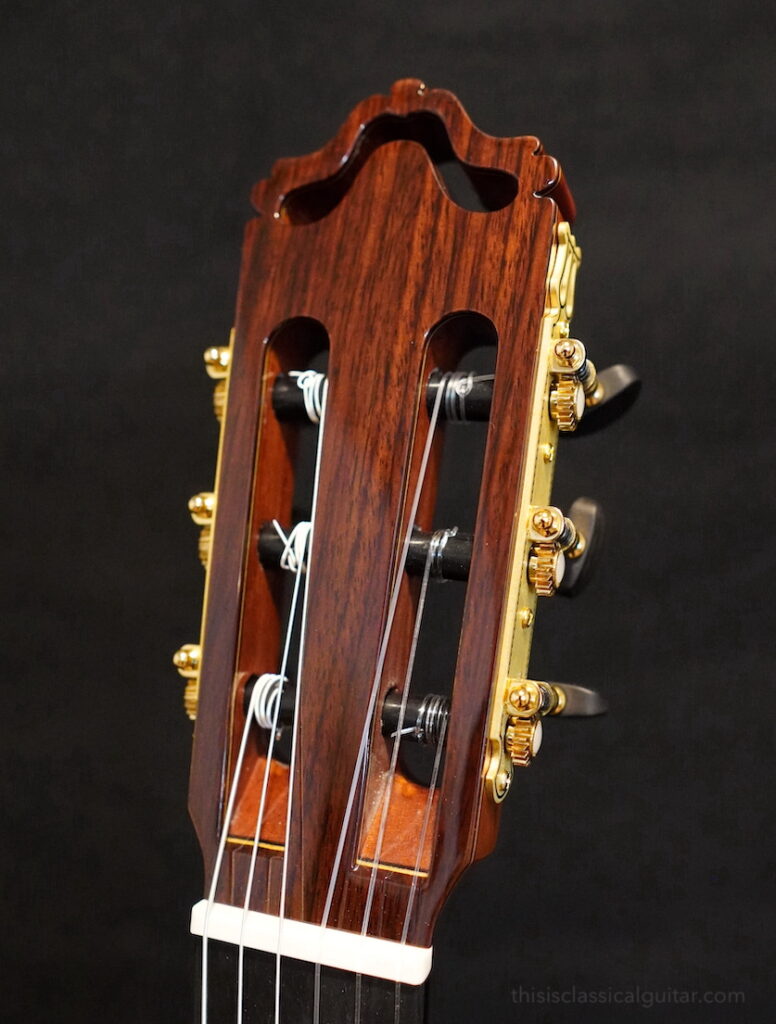
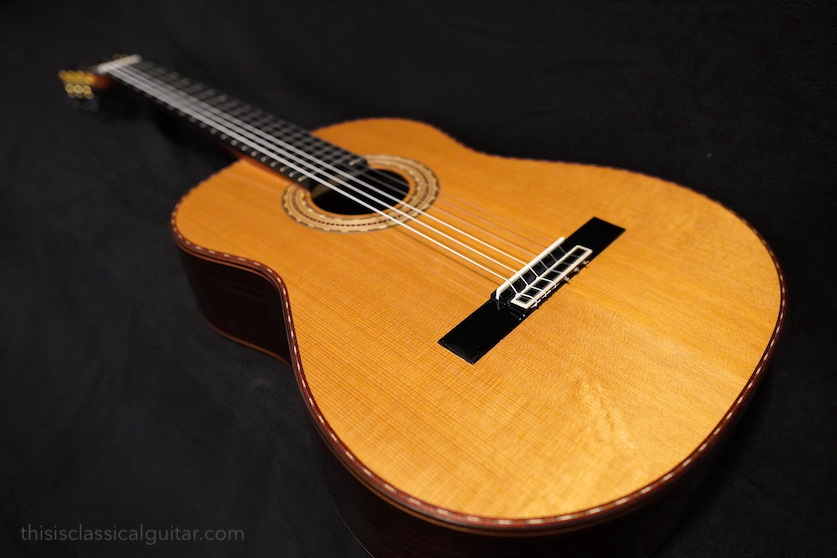
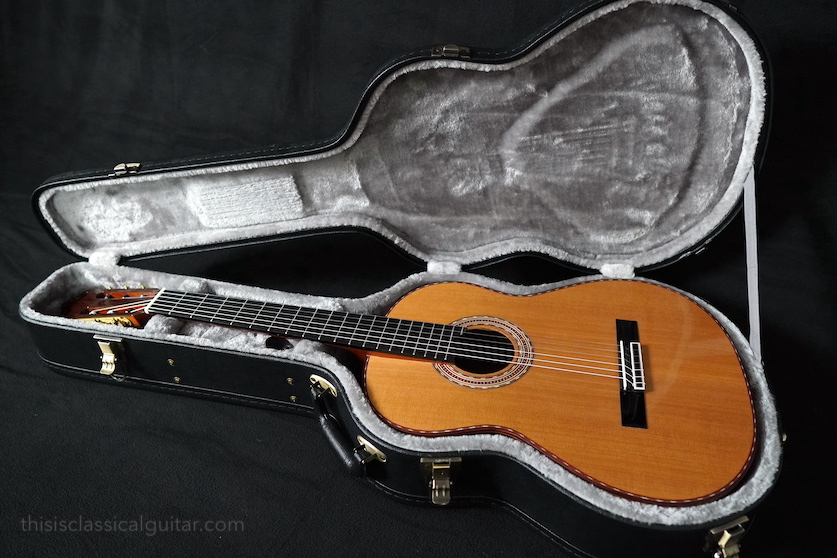

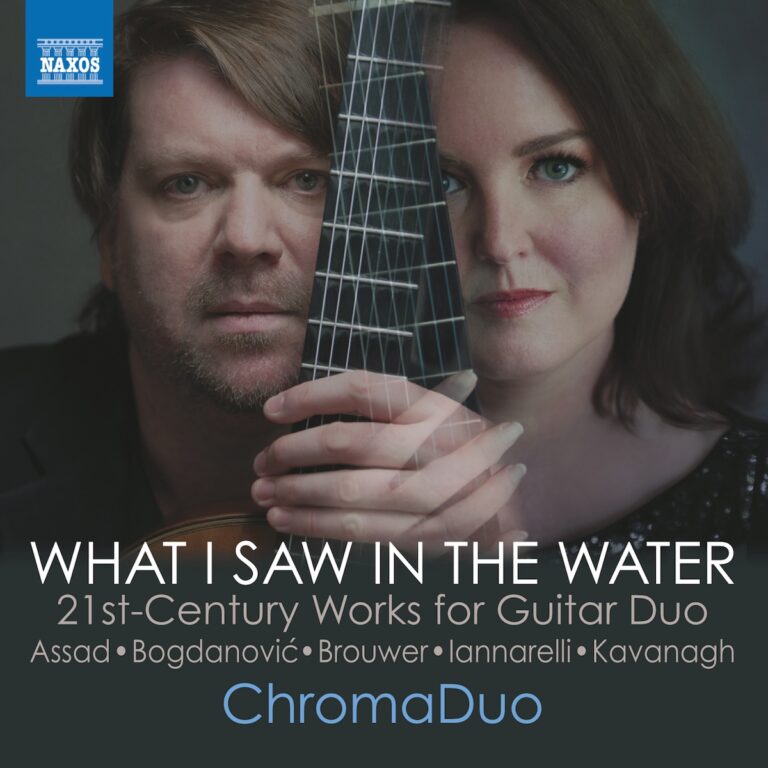
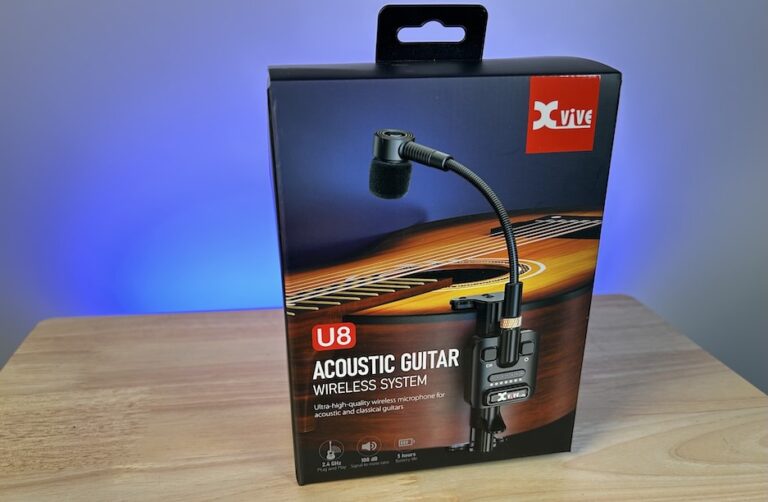
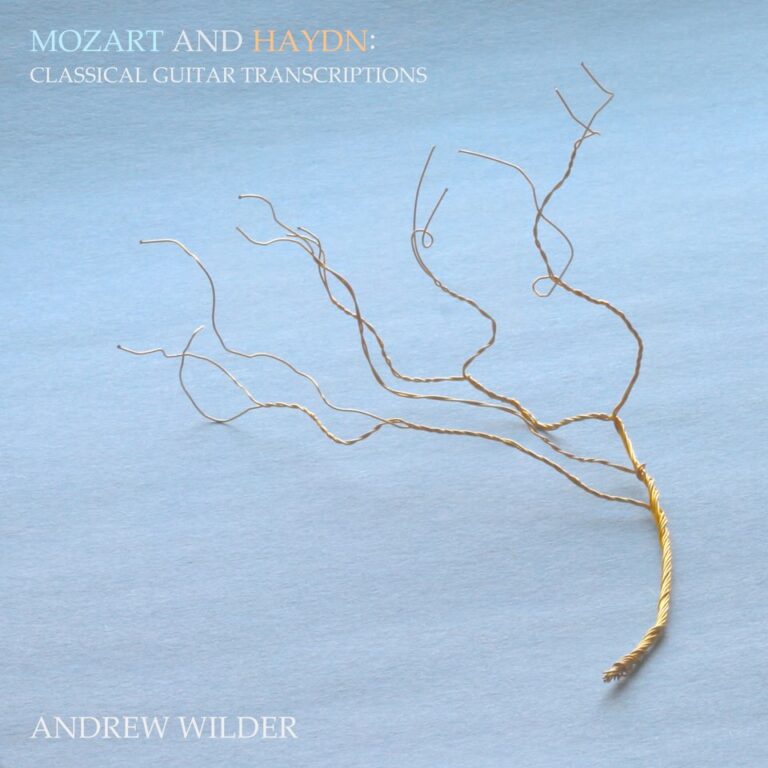
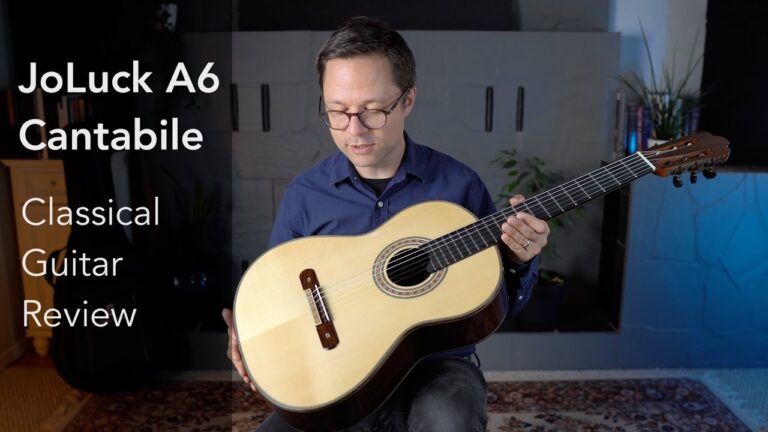
I found your review of the Saers A90 so fascinating that I have watched it several times. In fact, it contributed a lot to my decision to order one, which I’m expecting in a couple of weeks. I have a question, though. In a review video by Goran Ivanovic from Acoustic Station Central from one year ago, he mentioned that the “new” A90 is fully french polished, instead of just the top as before. In your video, which seems to be much more recent, you mentioned just the top as being french polished. Can you clarify this apparent contradiction? Thanks.
I’m pretty sure that mine french polish on the top only. But just ask Goran when purchasing, he would know what the ‘new ones’ are. On a side note, I’m not sure how much of a difference it would make on these guitars in terms of sound. I don’t mind a strong and ‘good for suction cup back and sides.
How would you compare this with Cordoba C12 other than the raised fingerboard? Is Cordoba C12 not in the same class at all?
The Cordoba C12 is actually great for the price too. In some ways the C12 is more balanced across the strings and more balanced overall in terms of tone and sound production. But the Saers ‘goes for it’ more. So you get lots with the Saers but it’s a bit more wild in its balance and tone. It’s a tough call, but it depends what you are using it for.
Can I beg for a picture of the Saers label on this guitar? I know it doesn’t really matter per se, but every other guitar on the market for sale seems to give a nice clear picture of the label and I’ve noticed that no matter where I look at this guitar online it seems people go out of there way to avoid giving us a picture of the label. What’s the deal with that?
The label looks good on it. Ha, I didn’t post one simply because my photos didn’t turn out well for the label. I’ll try to snap one this week and include it on the post.
Hi Bradford,
First of all I just want to thank you for your website with all the information and lessons, it has been a big help to me. I have been wanting to purchase a new guitar but could not make up mind until I saw your review on the Saers A90. I order it from reverb should receive it first of April looking forward to playing it.
Hope you love it! It’s a real great value. Also, give it time, I played my A90 a few weeks after the review and it was quite a bit better.
Hi Bradford,
I really appreciate this review and find all of your content objective and helpful. I am an ameature player and find it very confusing when trying to choose a new guitar, specifically because I do not have access to a physical store and have to rely on online reviews. So thanks, your reviews are always helpful. I am considering a Hanika New Century Lattice but this review is making me consider the A90. So, again, thank you for your review.
Thanks for reading. I haven’t tried the Hanika’s but maybe in the future I can!
Great review. 2 questions. When you say lattice brace do you mean the Australian, or Smallman style lattice where the braces are made from balsa wood and carbon fibre with a rigid frame inside the instrument and a heavy laminated back or is it a wood lattice (like Serge and Joshua de Jonge) where the instrument is fairly traditional but the top has the bracing in a lattice rather than fan arrangement. The raised fingerboard can be achieved by changing the angle of the neck to body (like the Humphrey millennium), and the top of the guitar stays flat. Some luthiers are putting a
‘bend’ in the top around to create the raised fingerboard. Setting a straight edge (wood or plastic) on the top from top to heel would illustrate this (and would of course show how much doming is in the top. Both of these terms, lattice bracing, and raised fingerboards are now used in different ways and like truss rods generate controversy and debate. (Of course we have cedar vs spruce, sound ports, double sides etc. to keep us busy as well).
Liked how you got into the ‘bell like’ vs ‘woody’ sound. One of the problems when discussing tone is to ha a vocabulary where people can describe these aspects of sound.
Thanks
Bob St. Cyr
It’s just regular crisscrossing lattice wood work, you can see pictures at their homepage: https://www.saersguitars.com/.
I have a difficult time review guitars and tone/sound. It’s all so subjective and after playing any guitar in a room for awhile I can find things I like. That said, get instruments into a hall and everything changes there.